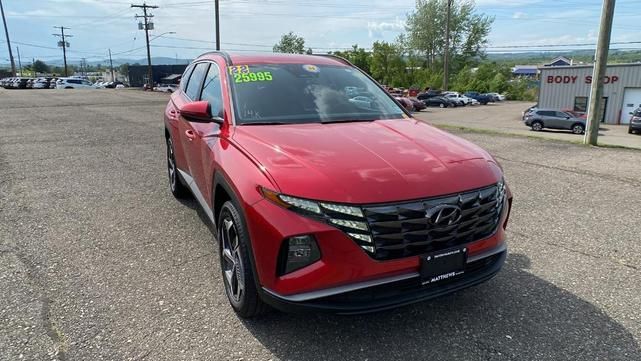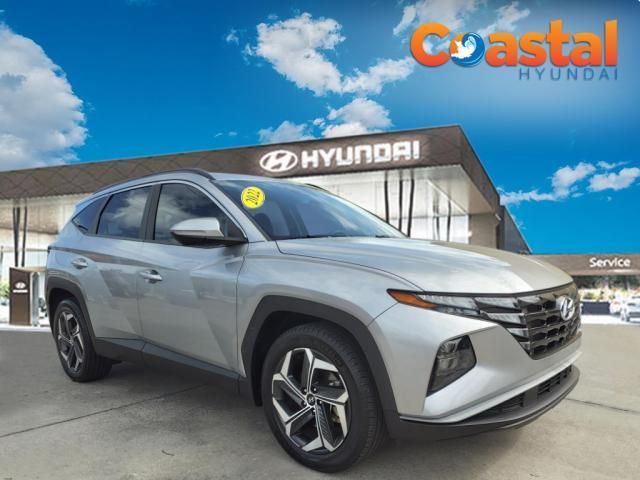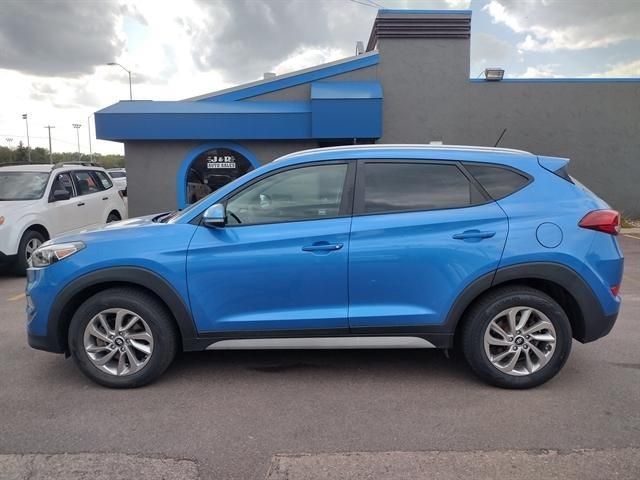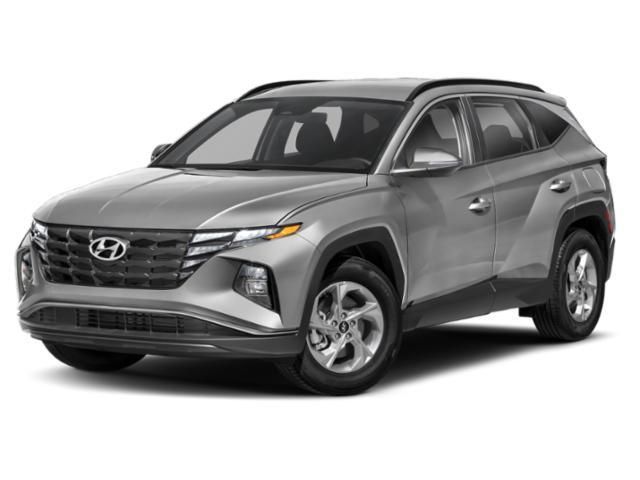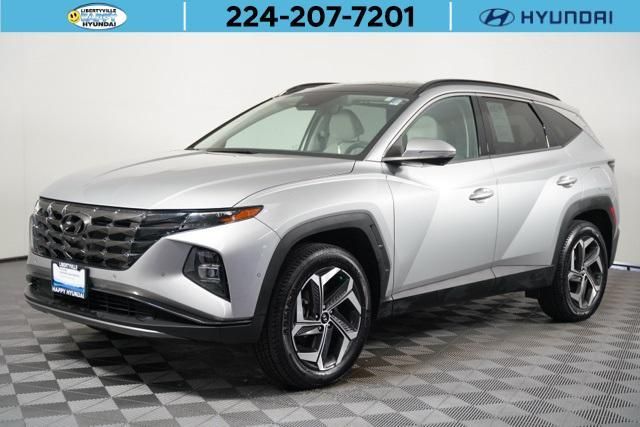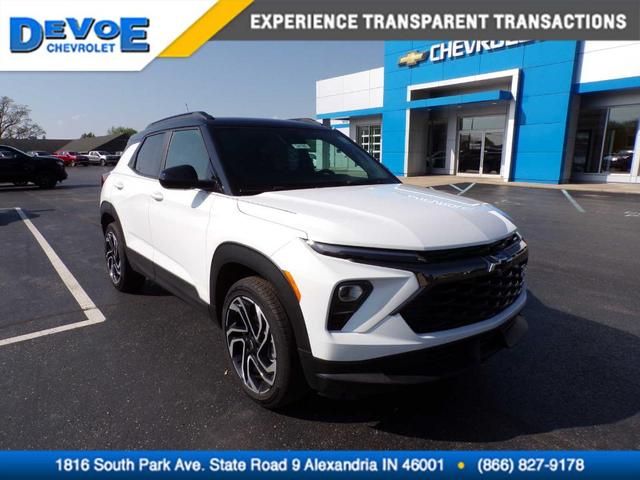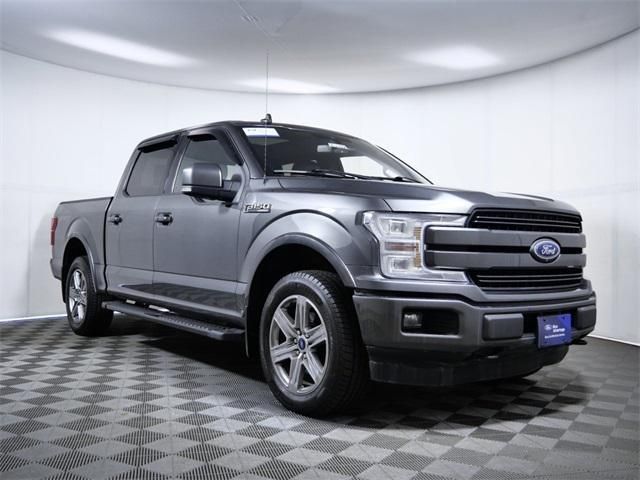
2020 HYUNDAI TUCSONVIN: KM8J33A48LU217433

Historical Records
Outer tie rod(s) replaced
Alignment performed
Damage to rear
 Window Sticker
Window Sticker
- Manufacturer's Suggested Retail Price (MSRP)
- Engine and Transmission Specifications
- Equipment, Packages, and Extra Features
- Fuel Economy Rating
- Other Information

| Year | 2020 |
| ODO | 334 mi |
| Seller | Hidden text (Hidden text) |
| MSRP | $9040 |
| Location | Naples, FL, 34109 |
| Date | appeared 4 years ago latest price $5390 sale post disappeared 2021-04-25 |
| Price History | |
| Sale Website Type | classifieds |
| Notes | |
| 1179 | |



| Body Style | SUV |
| Color | Winter White |
| Color (Interior) | Beige |
| Transmission | 6-Speed Automatic |
| Engine | 2.0L I4 16V GDI DOHC |
| Drive | FWD |
| Fuel Type | Gasoline |
- Hidden text
- Auxiliary Audio Input
- Hidden text
- Child Safety Locks
- Hidden text
- HD Radio
- Hidden text
- Option Group 01
- Hidden text
- Privacy Glass
- Hidden text
- Smart Device Integration
- Hidden text
- A/C
- Hidden text
- Bluetooth Connection
- Hidden text
- Driver Air Bag
- Hidden text
- Keyless Entry
- Hidden text
- Passenger Illuminated Visor Mirror
- Hidden text
- Rear Spoiler
- Hidden text
- Tire Pressure Monitor
- Hidden text
- AM/FM Stereo
- Hidden text
- Cargo Net
- Hidden text
- Front Side Air Bag
- Hidden text
- MP3 Player
- Hidden text
- Power Mirror(s)
- Hidden text
- Satellite Radio
- Hidden text
- Variable Speed Intermittent Wipers
- Hidden text
- Back-Up Camera,
- Hidden text
- Cloth Seats
- Hidden text
- Heated Front Seat(s)
- Hidden text
- Pass-Through Rear Seat
- Hidden text
- Rear Bench Seat
- Hidden text
- Steering Wheel Audio Controls
- Hidden text
- Aluminum Wheels
- Hidden text
- Cargo cover
- Hidden text
- Front Head Air Bag
- Hidden text
- Lane Keeping Assist
- Hidden text
- Power Driver Seat
- Hidden text
- REVERSIBLE CARGO TRAY -inc: rubber-like non-slip protective cover for rear cargo compartment
- Hidden text
- Traction Control
- Hidden text
- Coil front spring
- Hidden text
- Four-wheel independent suspension
- Hidden text
- Independent front suspension classification
- Hidden text
- Power remote passenger mirror adjustment
- Hidden text
- Remote activated exterior entry lights
- Hidden text
- ABS And Driveline Traction Control
- Hidden text
- Coil rear spring
- Hidden text
- Front Ventilated disc brakes,1st and 2nd row curtain head airbags
- Hidden text
- Independent rear suspension
- Hidden text
- Power Windows
- Hidden text
- Remote power door locks
- Hidden text
- Tachometer
- Hidden text
- Wheel Width: 7
- Hidden text
- Cargo area light
- Hidden text
- External temperature display
- Hidden text
- Heated driver mirror
- Hidden text
- Passenger Airbag
- Hidden text
- Regular front stabilizer bar
- Hidden text
- Stability Control
- Hidden text
- Vehicle Emissions: LEV3-ULEV70
- Hidden text
- Bucket Front Seats
- Hidden text
- Dusk sensing headlights
- Hidden text
- Headlights off auto delay
- Hidden text
- Multi-lin
- Hidden text
- Rear spoiler: Lip
- Hidden text
- Speed-proportional electric power steering
- Hidden text
- Urethane steering wheel trim
- Hidden text
- Suspension class: Regular
- Hidden text
- Wheel Diameter: 17
- Hidden text
- Clock: In-radio display
- Hidden text
- Fold forward seatback rear seats
- Hidden text
- Heated passenger mirror
- Hidden text
- Power remote driver mirror adjustment
- Hidden text
- Remote Engine Start : Remote Engine Start - Smart device only
- Hidden text
- Strut front suspension
- Hidden text
- Video Monitor Location: Front
Model Analytics & Market Report
Depreciation
| Year | Average Mileage | Average Price | % Left | % Lost | ||
|---|---|---|---|---|---|---|
| 2020 MSRP | 0 mi | $26,870 | — | — | 100% | 0% |
| 2020 | 10,687 mi | $29,128 | −$2,258 | −8.4% | 108.4% | -8.4% |
| 2021 | 21,374 mi | $26,500 | +$2,628 | +9.02% | 98.62% | 1.38% |
| 2022 | 32,061 mi | $24,190 | +$2,310 | +8.72% | 90.03% | 9.97% |
| 2023 | 42,748 mi | $21,499 | +$2,691 | +11.12% | 80.01% | 19.99% |
| 2024 | 53,435 mi | $19,998 | +$1,501 | +6.98% | 74.43% | 25.57% |
| → Visit 2020 HYUNDAI TUCSON depreciation page to see full data. | ||||||
Price vs Mileage
| Mileage | Average Price | Sample Size |
|---|---|---|
| 5,000 mi | $23,700 | 53 sales |
| 10,000 mi | $23,358 | 176 sales |
| 15,000 mi | $21,988 | 333 sales |
| 20,000 mi | $21,877 | 438 sales |
| 25,000 mi | $21,609 | 643 sales |
| 30,000 mi | $21,064 | 728 sales |
| → Visit 2020 HYUNDAI TUCSON depreciation page to see full data. | ||
VIN Decoder — 54 records
Anti-lock Braking System (ABS) means a portion of a service brake system that automatically controls the degree of rotational wheel slip during braking by: (1) Sensing the rate of angular rotation of the wheels; (2) Transmitting signals regarding the rate of wheel angular rotation to one or more controlling devices that interpret those signals and generate responsive controlling output signals; and (3) Transmitting those controlling signals to one or more modulator devices that adjust brake actuating forces in response to those signals.
An auto-reverse system enables power windows and sunroofs on motor vehicles to automatically reverse direction when such power windows and panels detect an obstruction. This feature can prevent children and others from being trapped, injured, or killed by the power windows and sunroofs.
ESC is a computerized technology that improves a vehicle's stability by detecting and reducing loss of traction (skidding). When ESC detects loss of steering control, it automatically applies the brakes to help steer the vehicle in the driver's intended direction. Braking is automatically applied to wheels individually, such as the outer front wheel to counter oversteer, or the inner rear wheel to counter understeer. Some ESC systems also reduce engine power until control is regained.
A keyless ignition system permits starting a car without a physical key being inserted into an ignition. Instead, a small device known as a "key fob" transmits a code to a computer in the vehicle when the fob is within a certain close range. When the coded signal matches the code embedded in the vehicle's computer, a number of systems within the car are activated, including the starter system. This allows the car to be started by simply pressing a button on the dashboard while the key fob is left in a pocket or a purse. The vehicle is usually shut down by pushing the same button.
A TPMS is an electronic system designed to monitor the air pressure inside the pneumatic tires on various types of vehicles. TPMS can be divided into two different types - direct and indirect. Direct TPMS employ pressure sensors on each wheel, either internal or external. The sensors physically measure the tire pressure in each tire and report it to the vehicle's instrument cluster or a corresponding monitor. Indirect TPMS does not use physical pressure sensors but measure air pressures by monitoring individual wheel rotational speeds and other signals available outside of the tire itself.
When the traction control computer detects a driven wheel or wheels spinning significantly faster than another, it invokes an electronic control unit to apply brake friction to wheels spinning due to loss of traction. This braking action on slipping wheels will cause power transfer to the wheels with traction due to the mechanical action within the differential.
A backup camera, also known as a rearview video system, helps prevent back-over crashes and protects our most vulnerable people - children and senior citizens - by providing an image of the area behind the vehicle. A backup camera helps the driver see behind the vehicle while in reverse.
A DBS system is an automatic emergency braking system designed to detect an impending forward crash with another vehicle. DBS systems automatically supplement the driver's braking in an effort to avoid a crash if the driver does not brake hard enough to avoid it.
An FCW system monitors a vehicle's speed, the speed of the vehicle in front of it, and the distance between the vehicles. If the vehicles get too close due to the speed of either vehicle, the FCW system will warn the driver of the rear vehicle of an impending crash so that the driver can apply the brakes or take evasive action, such as steering, to prevent a potential crash. FCW systems provide an audible, visual, or haptic warning, or any combination thereof, to alert the driver of an FCW-equipped vehicle of a potential collision.
BSW alerts drivers with an audio or visual warning if there are vehicles in adjacent lanes that the driver may not see when making a lane change.
An LDW system monitors lane markings and alerts the driver if their vehicle drifts out of their lane without a turn signal or any control input indicating the lane departure is intentional. An audio, visual or other alert warns the driver of the unintentional lane shift so the driver can steer the vehicle back into its lane.
An LKA system prevents a driver from unintentionally drifting out of the intended travel lane. LKA systems use information provided by Lane Departure Warning (LDW) system sensors to determine whether a vehicle is about to unintentionally move out of its lane of travel. If so, LKA activates and corrects the steering, brakes or accelerates one or more wheels, or does both, resulting in the vehicle returning to its intended lane of travel.
DRL is an automotive lighting system on the front of a vehicle or bicycle, that automatically switches on when the vehicle is in drive, and emits white, yellow, or amber light to increase the conspicuity of the vehicle during daylight conditions.
A semi-automatic headlamp beam switching device provides automatic or manual control of beam switching at the option of the driver. When the control is automatic, the headlamps switch from the upper beam to the lower beam when illuminated by the headlamps on an approaching car and switch back to the upper beam when the road ahead is dark. When the control is manual, the driver may obtain either beam manually regardless of the condition of lights ahead of the vehicle.
Engine displacement (in cubic centimeters) is the volume swept by all the pistons inside the cylinders of a reciprocating engine in a single movement from top dead center to bottom dead center.
Engine displacement (in cubic inches) is the volume swept by all the pistons inside the cylinders of a reciprocating engine in a single movement from top dead center to bottom dead center.
Engine displacement (in liters) is the volume swept by all the pistons inside the cylinders of a reciprocating engine in a single movement from top dead center to bottom dead center.
Engine brake is the horsepower (hp) at the engine output shaft. Engine Brake (hp) From is the lower value of the range.
This is a numerical field to store the number of cylinders in an engine. Common values for passenger cars are 4 or 6.
Body Class presents the body type based on 49 CFR 565.12(b): "Body type means the general configuration or shape of a vehicle distinguished by such characteristics as the number of doors or windows, cargo-carrying features and the roofline (e.g., sedan, fastback, hatchback)." Definitions are not provided for individual body types in the regulation.
Gross vehicle weight rating (GVWR) is the maximum operating weight of a vehicle including the vehicle's chassis, body, engine, engine fluids, fuel, accessories, driver, passengers and cargo, but excluding that of the trailers. Per 49 CFR 565.15, Class 1 is further broken down to Class A-D; Class 2 is further broken down to Class E-H. This field captures the lower bound of GVWR range for the vehicle.
Base price of the vehicle is the cost of a new vehicle with only the standard equipment and factory warranty. It is the cost without any optional packages.
Per 49 CFR 565, Model means a name that a manufacturer applies to a family of vehicles of the same type, make, line, series and body type.
If the model year (MY) is supplied when the VIN is decoded, such as from a crash report or a vehicle registration record, the MY value will be the supplied MY, even if the MY decoded from the VIN differs from the supplied MY. If the MY is not supplied when the VIN is decoded, the MY value will be decoded from the 10th character in the VIN.
This data element captures the city of the manufacturing plant where the manufacturer affixes the VIN.
This data element captures the country of the manufacturing plant where the manufacturer affixes the VIN.
Per 49 CFR 565, Series means a name that a manufacturer applies to a subdivision of a "line" denoting price, size or weight identification and that is used by the manufacturer for marketing purposes.
This field captures the location of curtain air bags. Curtain air bags are side air bags that protect the head.





